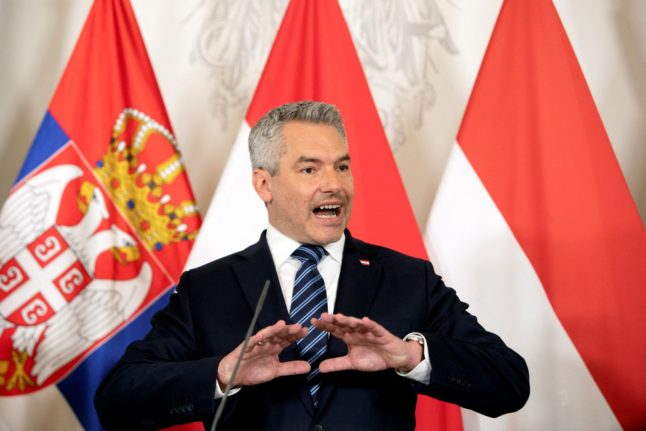A new debate has been taking place in Austria as the Association of Austrian Industries (IV) has called for a 41-hour work week, forcing politicians to take a stance on the issue.
Last week, the heads of the association said that Austria could only continue to be competitive internationally if the regular working hours for everyone were extended – reaching a 41-hour work week. They argue that this is necessary to increase productivity and maintain the country’s economic competitiveness.
Currently, working hours cannot exceed a 40-hour limit in the week for most employees, and most industries have collective agreements providing for a 38.5-hour week.
“In order to increase the overall volume of labour, we must therefore put an increase in working hours – by half an hour a day, for example, ie 41 hours a week – on the agenda. Otherwise, we will not be able to maintain our welfare state,” Christoph Neumayer, General Secretary of the IV, is quoted as saying.
The statements prompted a debate in Austria, and when Constitutional Minister Karoline Edtstadler (ÖVP), a government member, said she was in favour of ‘working more’, things got even more heated.
READ ALSO: Will a 4-day week and free German lessons help Vienna’s transport network find staff?
“If we want to maintain our prosperity, we have to work more instead of less,” said the politician at an event in the House of Industry on Tuesday. At the same time, she reckoned with “left-wing dreams” of reducing working hours, which “will not work out,” said Edtstadler.
The Social Party SPÖ and trade unions strongly criticised the plans of the IV and ÖVP. Extension of working hours is an “affront to the employees who have made our country one of the richest in Europe through their commitment”, said union leader Barbara Treiber.
Instead, they propose a reduction in working hours to improve work-life balance and protect workers’ rights.
Edtstadler later had to clarify that her statements were “not an endorsement of a 41-hour working week”. Instead, she was concerned with “getting more people into full-time employment and employment in general”, she said.
‘Certainly not coming’
With the debate still ongoing, Chancellor Karl Nehammer (ÖVP) came out to clarify the situation, Austrian media has reported.
“An extension of the statutory standard working week is out of the question for me,” he explained in a statement. “I also think a 32-hour week is completely the wrong way to go.”
He further elaborated on his view, stating that he believes in finding a balance between productivity and workers’ well-being and that any changes to the work week should be carefully considered and based on thorough research.
READ ALSO: Could a 4-day week with full salary become a reality in Austria?
ÖVP’s Karlheinz Kopf, a member of the Austrian parliament, was also asked about the Austrian Industries’ demand for a longer work week. He said it would be unrealistic to extend working hours politically but that “the industry’s cry for help” must be taken seriously as labour is becoming more expensive and the country’s competitiveness is “constantly deteriorating as a result.”



 Please whitelist us to continue reading.
Please whitelist us to continue reading.
Member comments